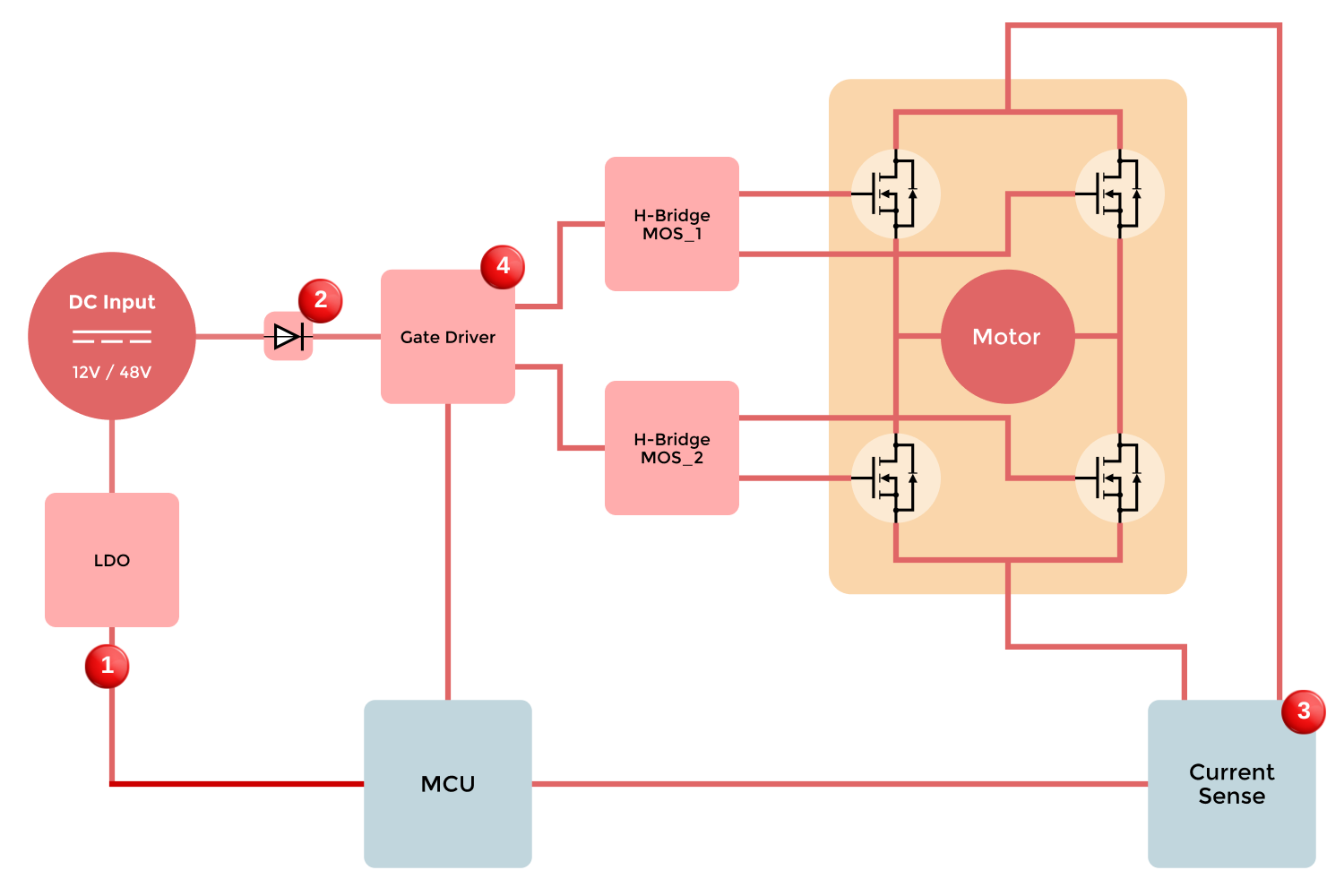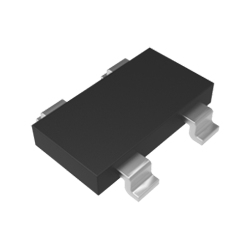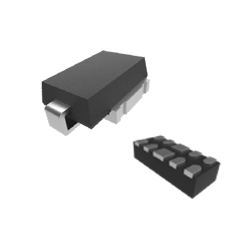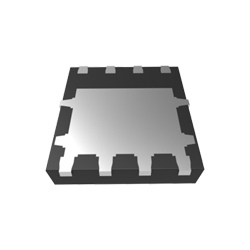/ Optimizing Airflow & Reliability
DC fans may seem pretty basic, but their duties are anything but. Efficient cooling is mission-critical for all computer applications. Yet, this effective thermal management amid varying conditions is required to take place in the smallest space possible. To reduce distractions during work and play, the fan must operate at the quietest noise levels — all while maintaining minimal power consumption to extend battery life.
Together, all of these requirements add up to a design challenge for engineers. Fortunately, there are innovative solutions to help maximize airflow while minimizing noise levels and space constraints.
/ Application Considerations
Whether the DC fan operates at 12V or 48V, engineers should weigh the following factors for optimal performance and reliability:
Voltage Compatibility - to prevent damage and ensure proper operation, the DC fan design should be compatible with the voltage level specified for the application, typically 12V or 48V.
Airflow Requirements - fan blade design, size, and curvature can help maximize airflow over the heat sink while maintaining the appropriate amount of static pressure to overcome component resistance.
Noise Level - to optimize the user experience, the fan blade and material selection ought to minimize noise levels.
Size and Mounting - blade design, mounting options, and motor efficiency need to work together to reduce fan size while maintaining adequate airflow.
Power Consumption - to maximize notebook battery life, the fan motor has to use minimal power to deliver desired airflow and performance. Brushless DC motors can help achieve low power consumption goals.
Environmental Conditions - DC fans require components to perform amid varying temperatures, humidity levels, shocks, vibrations, and dust ingress.
Reliability and Longevity - incorporating a high-quality DC fan with reliable semiconductor components will increase the lifespan while minimizing maintenance and repair costs.
- Control Features - pulse width modulation (PWM) enables variable fan speeds based on the temperature, with quiet operation during low-load situations and high-speed operation when cooling is needed.
Addressing these application considerations ensures engineers design the optimal DC fan for the environment and use case.
/ Block Diagram

/Recommended Products
Get a Competitive Edge on Your Next Project
No matter the application or industry, MCC has the service and components you need to get to market faster and reduce overall costs.





